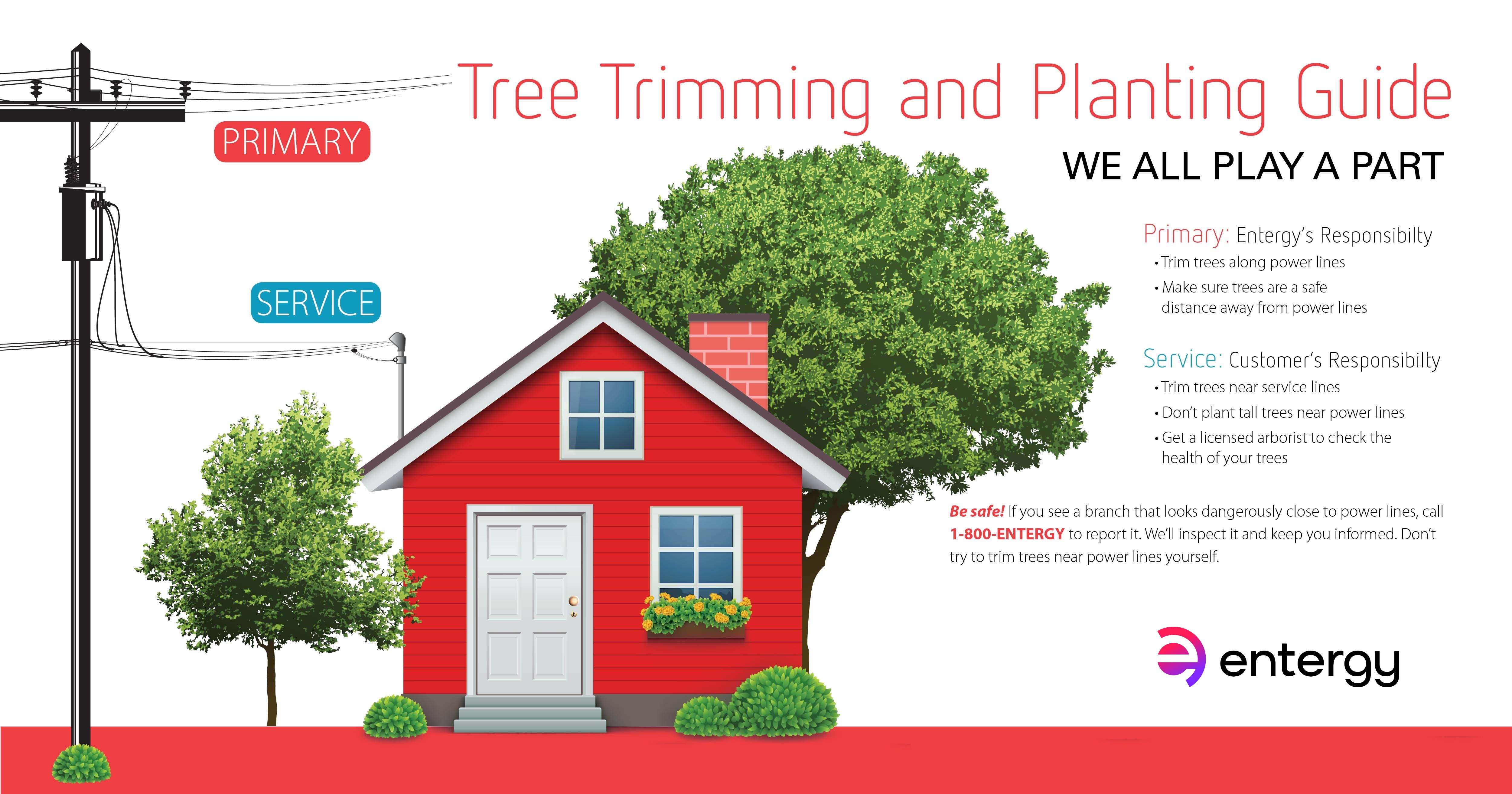Post-Tree Removal Assistance: How To Successfully Restore Your Landscape
Post-Tree Removal Assistance: How To Successfully Restore Your Landscape
Blog Article
Short Article Created By-Langley Mejia
After a tree's removal, your landscape may look fairly different, and it's vital to examine the results very carefully. You'll want to assess the soil disturbance and inspect bordering plants for any kind of indicators of stress. Neglecting these aspects can bring about bigger issues down the line. So, what should you make with those stumps and roots? And exactly how do you choose the very best plants for your rejuvenated space? Allow's explore Trimming Pine Trees Lower Branches .
Examining the Results: Assessing Your Landscape
After a tree elimination, it's crucial to examine your landscape to understand the influence it carries your lawn.
Beginning by examining the location where the tree stood. Seek signs of soil disturbance, and examine the surrounding plants for any kind of tension or damage.
You should likewise bear in mind of exactly how the removal has transformed sunshine exposure and air movement in your yard. This shift can influence the development of close-by plants, so it's essential to examine their health and wellness.
Take into consideration the aesthetic aspects too; the removal could produce an open space that you can upgrade.
Lastly, think about any type of possible erosion problems that could occur from the tree's lack. Attending to these variables early will help restore balance to your landscape.
Handling Stumps and Roots: Choices for Removal
Once you've evaluated the aftermath of the tree removal, you'll likely need to tackle the stump and origins left behind.
You have a few alternatives for elimination. One efficient method is stump grinding, where a specialist utilizes a maker to grind the stump to below ground degree. This approach leaves very little disruption to your landscape.
If you like a DIY technique, you can make use of a combination of excavating and chemical stump eliminators. Just keep in mind, this procedure can take some time and effort.
Additionally, think about leaving the stump as an all-natural feature, which can work as an one-of-a-kind yard component or habitat for wild animals.
Whatever you pick, attending to the stump and roots is important for recovering your landscape.
Choosing the Right Plants for Your New Area
As you assess your recently cleared space, choosing the right plants can substantially boost your landscape's beauty and performance.
Beginning by considering the sunlight and dirt conditions. For warm areas, go with drought-resistant plants like lavender or succulents. In shaded places, ferns and hostas flourish well.
Think of the dimension and development routines of your plants; mix perennials and annuals for seasonal variety. Do not fail to remember to incorporate indigenous species; they need less maintenance and assistance regional wildlife.
Group plants in weird numbers for a much more all-natural look and develop layers for visual deepness.
Finally, ensure Pruning Plum Trees have a mix of shades and structures to keep your landscape vivid throughout the seasons.
Pleased planting!
Conclusion
To conclude, recovering your landscape after tree elimination is a fulfilling process. By examining the after-effects, dealing with stumps and origins, and choosing the right plants, you'll create a flourishing setting. Don't fail to remember to incorporate erosion control procedures to secure your dirt. With a little initiative and treatment, you can change your space right into a vivid garden that boosts your property. Accept the possibility to renew your landscape and enjoy the appeal of nature right in your yard!
